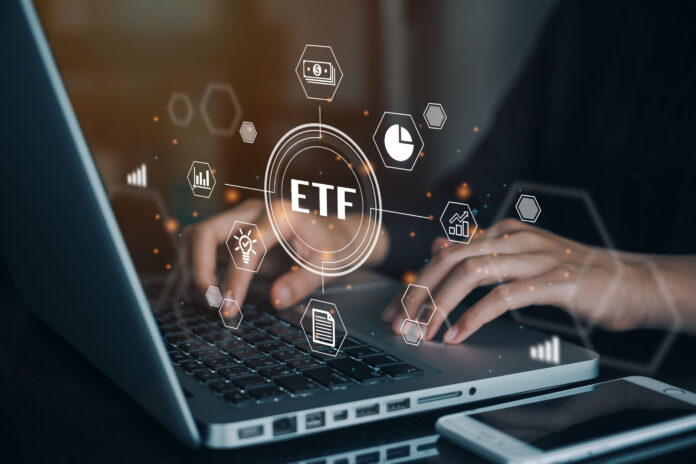Eamon O’Callaghan, of Brown Brothers Harriman (BBH), describes how active ETFs are growing their market share – a trend pertinent to Ireland, where two-thirds of European ETF assets are serviced.
An ETF’s link with passive investing is changing as traditional active managers enter the ETF space for the first time, begging the question: is now the time for active ETFs?
Findings from BBH’s tenth annual Global ETF Investor Survey for 2023 suggest that it is.
Globally, 82% of investors plan to increase or maintain their exposures to active ETFs this year as conversions from mutual funds into actively managed ETFs intensifies. Just over 90% of investors bought an active ETF in the last 12 months, with 46% allocating from index mutual funds and 42% allocating from active mutual funds. The $840 million of assets in active ETFs as of the end of February 2023 is nearly equal to the annual inflows in all of 2022 ($874 million), according to ETFGI.
What are the drivers?
While an important theme with ETFs over the last decade is one of growth, which averaged 14.4% for European ETF assets, increased market volatility commencing in 2022 sent company valuations downhill. This drop in valuations is most noticeable in index tracking products which have, in turn, negatively impacted investors invested in such products.
To navigate this volatility and improve returns, investors are turning to active strategies. By its nature, an active strategy has the ability not to rigidly track an index. They can actively select better-performing stocks and conversely deselect poor-performing stocks to outperform a benchmark. Four factors are driving their take-up:
1. Costs: Active ETFs tend to be more cost-efficient than their mutual fund cousins. Average total expense ratios for active ETFs are 34bps.
2. Transparency: Active ETFs publish portfolio holdings daily, so investors are clear as to what they are holding.
3. Liquidity: ETFs provide investors with the unique ability to trade intra-day.
4. Diversification: Active ETFs can sit alongside other investment strategies within an investor’s portfolio to reduce risk and provide a new source of alpha.
How managers approach active ETF investing
Some US managers have opted to convert mutual funds into an active ETF and the introduction of the semi-transparent active structure has acted like a boon for growth. In addition, many European ETF asset managers have launched active strategies in the last number of years.
The International Organization of Securities Commissions’ (IOSCO’s) review of the ETF Good Practices may result in portfolio requirements changing. This may act as a catalyst for new market entrants but is certainly not a deterrent for launching active ETF products.
For many asset managers, active management is inbuilt into their DNA and so delivering that strategy in the ETF wrapper is less complicated than some believe. By adding active strategies to their product offering, they are opening new distribution channels in an industry which some experts predict will grow to $30+ trillion over the next ten years.
Supporting active ETFs
Ireland has a long history of supporting ETFs and is considered the centre of excellence and domicile of choice for ETF servicing. It now services more than two-thirds of European ETF assets with a market share of 67% ($939 billion) and has the depth and breadth of expertise available to support these active strategies.
Costs: Active ETFs tend to be more cost-efficient than their mutual fund cousins. Average total expense ratios for active ETFs are 34bps.
As a leading hub, Ireland has a strong pool of available talent. Many large ETF managers are drawn to the jurisdiction for its favourable tax treatment and robust regulatory framework overseen by the Central Bank of Ireland (CBI).
With investors expanding their product toolkit, the ETF market continues to see the growth of active ETFs. While still only accounting for 5% of global ETF assets under management (AuM), these products expanded in 2022, growing 10% in AuM and almost 30% in the number of products year-over-year.
With significant planned exposures recorded in BBH’s survey, we anticipate more growth and believe that the time for actives is now.
*Eamon O’Callaghan is European ETF product manager at BBH.
© 2023 funds europe





